Balancing Acidity, Bitterness, and Sweetness in Coffee
Balancing the complex interplay of acidity, bitterness, and sweetness in coffee is an art that transforms your daily cup into a flavorful experience. Imagine sipping a brew where the tangy notes elevate its brightness, while subtle bitterness adds depth, all harmoniously intertwined with the natural sweetness in coffee that provides a smooth finish.
Achieving this balance depends on multiple factors, including brewing techniques and coffee grind size. Finer grinds often reveal intense acidity and bitterness, while coarser grinds can mellow these elements, allowing you to savor the balanced sweetness. By adjusting these variables, you can craft coffee that perfectly suits your taste preferences.
Understanding Coffee Flavor Profiles
Understanding coffee flavor profiles is akin to exploring a symphony of tastes, where each note plays a crucial role. Coffee acidity adds vibrancy and liveliness to the cup, often described as the sparkle that dances on your palate. Bitterness provides a grounding balance, a deeper note that complements the brighter tones. Sweetness in coffee rounds off the edges, creating an inviting and harmonious experience with each sip.
The diversity of flavor profiles arises from the origin of the beans, roasting methods, and coffee grind size. Lighter roasts typically retain more acidity, showcasing fruity and floral notes, while darker roasts often feature deeper, more robust flavors. Your choice of grind size can also significantly influence the brewing outcome, highlighting or mellowing these distinctive characteristics.
In the next few years, the exploration of coffee flavor profiles is likely to evolve with advancements in brewing technologies and an increasing focus on sustainable practices. This trend will empower you to discover and enjoy the nuances of specialty coffee, tailoring each cup to your unique taste preferences. As you delve into these profiles, your appreciation for the intricate balance within coffee will deepen.
By experimenting with different profiles, you unlock a world of flavors, enhancing your coffee experience. Each cup is a new opportunity to taste and enjoy the delightful balance that coffee offers, shaped by meticulous preparation and a passion for discovery.
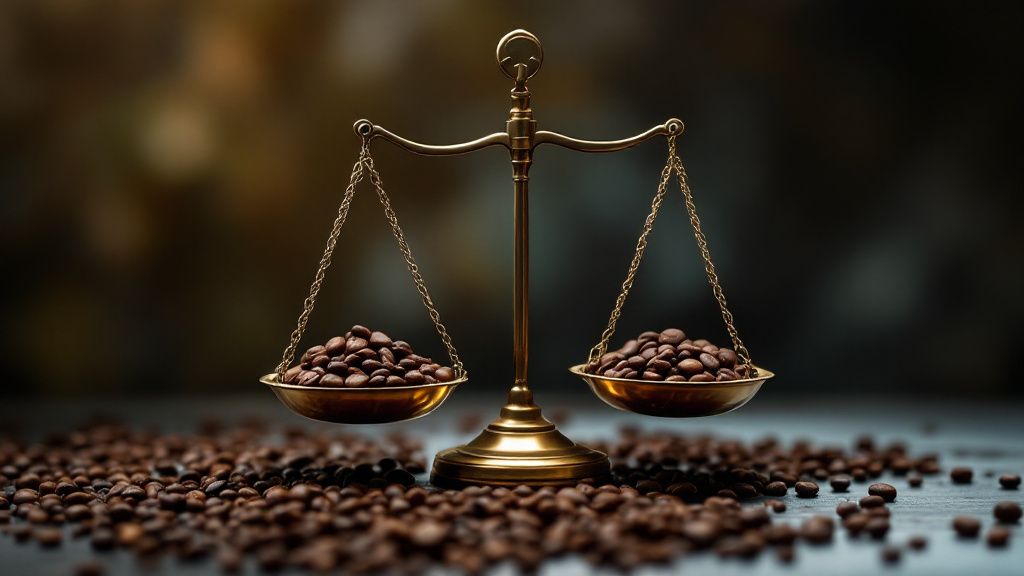
The Importance of Balance in Coffee
Achieving balance in coffee is crucial for a satisfying and enjoyable beverage experience. Each cup combines various elements like acidity, bitterness, and sweetness, which must be in harmony to create a pleasing taste profile. When these components are present in the right proportions, they enhance each other, transforming your coffee from a mere drink into an extraordinary experience.
The role of acidity in coffee is to provide brightness and vitality. This component, when balanced correctly, lifts the flavors and highlights the coffee's unique character without overpowering the palate. Sweetness, often inherent in the coffee bean, is essential for offsetting the sharpness of acidity and the weight of bitterness, creating a rounded flavor that engages your senses.
Bitterness, when moderated, introduces complexity to the coffee, offering depth and an intriguing aftertaste. For example, a well-crafted espresso illustrates this balance impeccably; the precise coffee grind size and controlled extraction lead to a perfect blend of sharpness and smoothness. This balance is key for any brewing method, allowing the best features of the coffee to shine through.
Your choice of brewing method and grind size plays a significant role in achieving this delicate balance. Whether you opt for a French press, pour-over, or espresso, each technique brings out different aspects of the coffee. Fine-tuning these variables lets you craft your ideal cup, tailoring the harmony of flavors to your liking.
Understanding and applying the importance of balance in coffee allows you to appreciate the complexity and artistry involved in its preparation. By mastering this balance, you elevate each cup, discovering new flavors and enjoying the full potential of the beans, making every sip a delightful experience.

Factors Influencing Coffee Flavor Balance
Several factors influence the delicate balance of flavors in your coffee, including the origin of the beans. Different regions offer distinct taste profiles; for instance, beans from Ethiopia are renowned for their fruity notes and vibrant acidity, while those from Brazil typically present a richer, chocolatey sweetness. This regional difference invites exploration and enhances your appreciation of the complex tapestry each coffee has to offer.
Your brewing technique and coffee grind size are critical elements in flavor balance. Comparing the results of a coarse grind for a French press versus a fine grind for espresso highlights how these factors affect the extraction of acidity, sweetness, and bitterness. The grind size dictates water flow and extraction time, allowing you to control the flavor balance and tailor it to your preference.
The role of water temperature and brewing time cannot be underestimated in achieving optimal coffee flavor balance. Higher temperatures can enhance acidity and bitterness, while cooler brewing may highlight sweetness. Balancing these elements requires precision and experimentation, allowing you to bring out the best in your beans. By adjusting these variables, you can refine the balance and discover the perfect cup tailored to your taste.
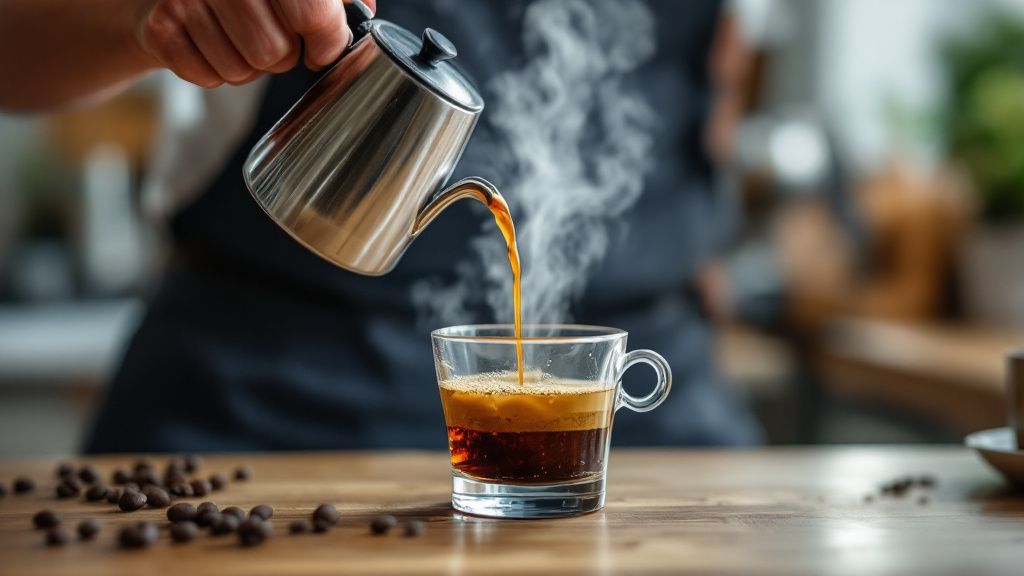
Techniques for Achieving Flavor Balance
Achieving the perfect balance of flavors in your coffee involves a variety of techniques, each contributing to the overall taste profile. Starting with the coffee grind size, a finer grind often amplifies both the coffee acidity and bitterness, ideal for espresso, while a coarser grind can bring out more subtle sweetness, suitable for methods like French press. Adjusting the grind size is a simple yet powerful way to impact flavor balance.
Brewing methods greatly influence the harmony of flavors in your cup. Pour-over techniques tend to highlight acidity, offering a clean and bright profile, whereas immersion methods, such as cold brew, accentuate sweetness and minimize bitterness. Experimenting with various brewing styles allows you to identify the method that best aligns with your taste, emphasizing the balance you seek.
Water temperature is a crucial factor in achieving flavor equilibrium. Typically, brewing at temperatures between 195°F and 205°F extracts the ideal range of flavors. Cooler temperatures might miss the full spectrum, reducing coffee acidity, while excessively high temperatures could extract too much bitterness. Monitoring and adjusting your water temperature can help you refine the taste balance of your brew.
One unpopular opinion about coffee preparation is that under-extraction can sometimes be preferable to over-extraction. While it may initially result in a slightly sour taste, it allows for a more controlled introduction of sweetness in coffee and preserves delicate notes. This approach invites you to tweak other variables, such as brew time, to reveal unexpected nuances.
The technique of timing your brew, often overlooked, is essential for striking the right flavor balance. Shorter brews emphasize acidity and brightness, whereas longer ones deepen sweetness and bitterness. Finding the sweet spot for your specific coffee and method permits a balance that caters to your palate. By adjusting these techniques, you gain the ability to craft a perfectly balanced cup each time.
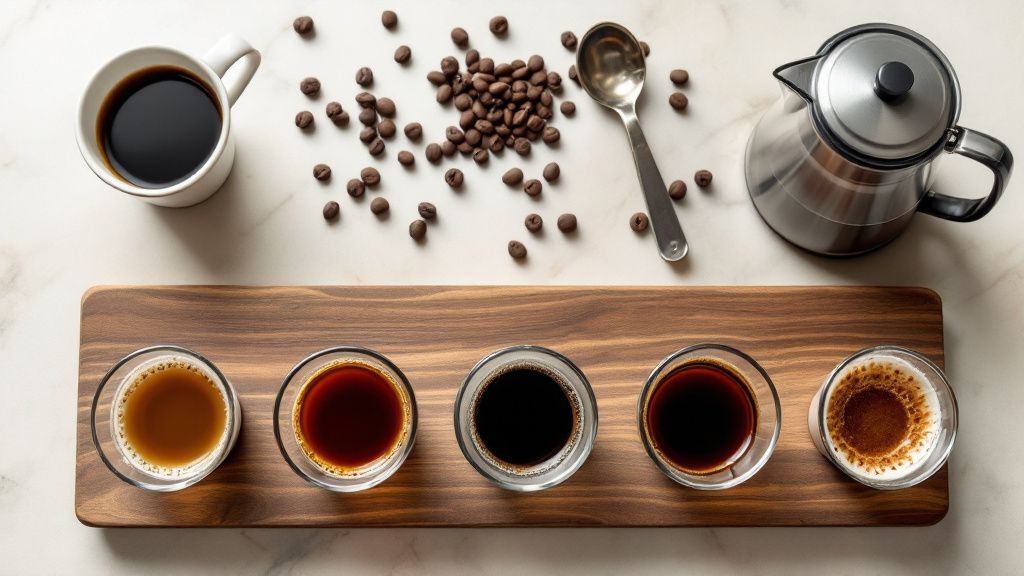
Tasting and Adjusting Your Brew
Tasting your brew is an essential skill in refining the balance of acidity, sweetness, and bitterness in your coffee. One of the challenges in achieving this harmonious balance is identifying which flavor dominates your cup. This issue can be addressed through a methodical tasting process, where you take note of the initial impression, mid-palate transitions, and the finish. By keenly observing these taste phases, you can pinpoint elements that need adjustment.
If you discover an overpowering bitterness or acidity, adjustments in brew time or coffee grind size might be the solution. For example, decreasing the grind size or shortening the brew time can help tame aggressive notes, while increasing sweetness. Conversely, if your coffee lacks vibrancy, a finer grind or extended extraction could enhance brightness and complexity. By systematically tweaking these variables, you can fine-tune your brew to achieve a delightful and well-balanced cup tailored to your preferences.
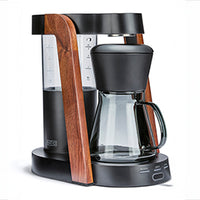 Ratio Eight S2
Ratio Eight S2
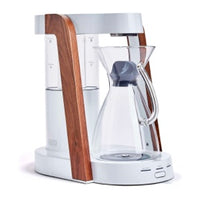 Ratio Eight Original
Ratio Eight Original
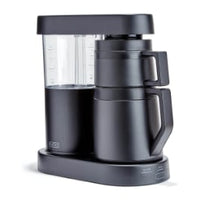 Ratio Six
Ratio Six
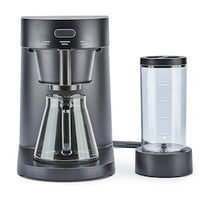 Ratio Four
Ratio Four
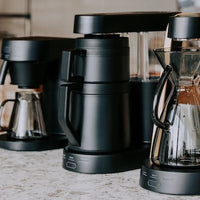 Compare Machines
Compare Machines






